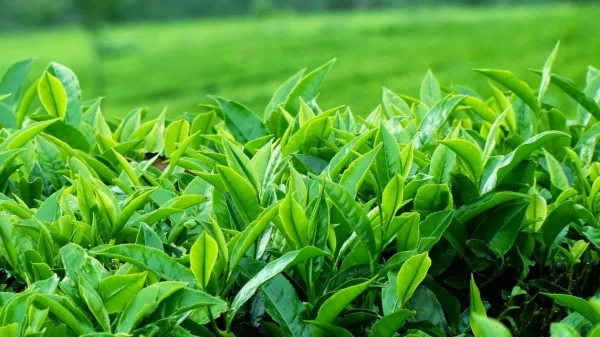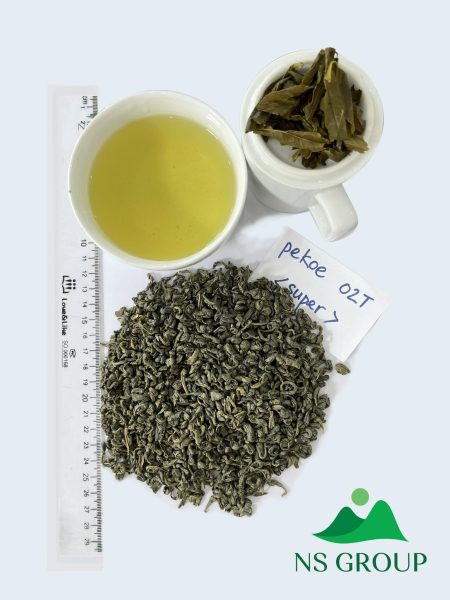What is Pekoe Tea? Understanding the Grading and Flavor of This Popular Tea
If you’re a tea enthusiast or simply curious about different types of tea, you might have come across the term “Pekoe” while browsing through tea varieties. But what exactly is Pekoe tea? In this article, we’ll dive into the details of Pekoe tea, its grading system, and why it’s a favorite among tea lovers.
What is Pekoe Tea?
Pekoe tea refers to a grade of tea that is distinguished by the size and quality of the tea leaves used. The term “Pekoe” originates from the Chinese word “bái ho,” which means “white hair.” This refers to the fine downy hairs found on the young tea buds, indicating their freshness and quality.
Unlike other types of tea, Pekoe is not a specific tea variety but rather a classification within the black tea category. The Pekoe grading system is a widely recognized method used to describe the size and appearance of tea leaves, which in turn influences the flavor and aroma of the tea.

Understanding the Pekoe Grading System
The Pekoe grading system categorizes black tea leaves based on their size, with each grade offering a different flavor profile. Here’s a breakdown of the main grades:
- Orange Pekoe (OP): Orange Pekoe is one of the most common grades and consists of whole leaves that are long, large, and often contain a single bud. Despite its name, “Orange” does not refer to the flavor or color but is thought to originate from the Dutch royal family, the House of Orange. Orange Pekoe tea typically offers a bright, full-bodied flavor.
- Pekoe (P): Pekoe tea leaves are slightly smaller than those of Orange Pekoe but are still whole and unbroken. This grade produces a smooth, robust tea that is less intense than Orange Pekoe but still rich in flavor.
- Pekoe Souchong: Pekoe Souchong is a grade that includes even smaller leaves than Pekoe. The flavor is more subtle, and the tea tends to be lighter in both body and color.
- Souchong: Souchong tea is made from larger, coarser leaves that are found lower on the tea plant. The flavor is often smoky and strong, making it a distinctive choice for those who enjoy a bold cup of tea.
The Flavor Profile of Pekoe Tea
Pekoe tea, depending on its grade, offers a variety of flavor experiences. Generally, you can expect Pekoe teas to be smooth, full-bodied, and aromatic. The finer the leaves, the more nuanced and delicate the flavor. For instance, Orange Pekoe tends to have a bright, brisk taste with floral notes, while Pekoe and Pekoe Souchong may offer a more mellow, earthy flavor.
How to Brew Pekoe Tea
To enjoy Pekoe tea at its best, it’s important to brew it correctly. Here’s a simple guide:

Use Fresh Water: Start with fresh, cold water. Avoid using water that has been previously boiled as it can affect the flavor.
Measure Your Tea: Use about one teaspoon of Pekoe tea leaves per cup. Adjust based on your taste preference.
Boil and Pour: Bring water to a rolling boil, then pour it over the tea leaves.
Steep: Let the tea steep for 3-5 minutes. The longer you steep, the stronger the flavor. However, be careful not to over-steep, as it can lead to bitterness.
Strain and Serve: Once steeped, strain the tea leaves and serve. Pekoe tea can be enjoyed plain, with a slice of lemon, or with milk and sweetener.
Conclusion
Pekoe tea is a versatile and beloved tea that offers a range of flavors depending on its grade. Whether you prefer the bright and brisk taste of Orange Pekoe or the more subtle notes of Pekoe Souchong, there’s a Pekoe tea for every palate. By understanding the Pekoe grading system and how it affects flavor, you can make an informed choice and enjoy your tea experience to the fullest.
So, the next time you’re exploring the world of tea, don’t hesitate to try Pekoe tea and discover why it’s a favorite among tea connoisseurs.
